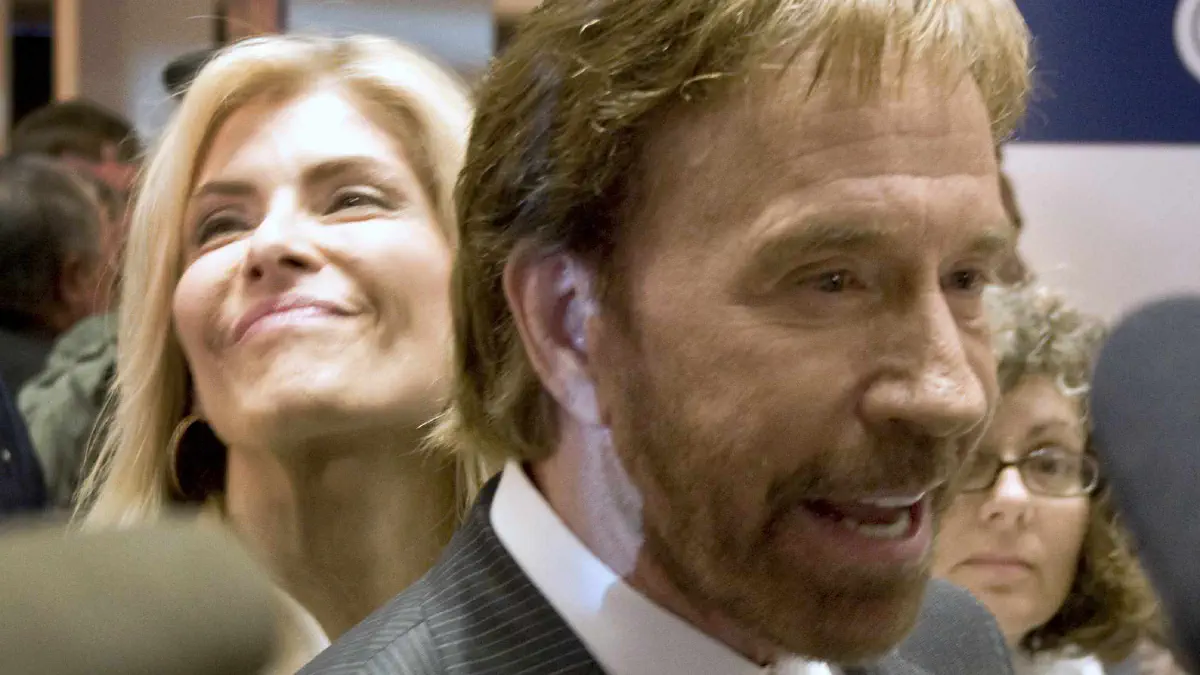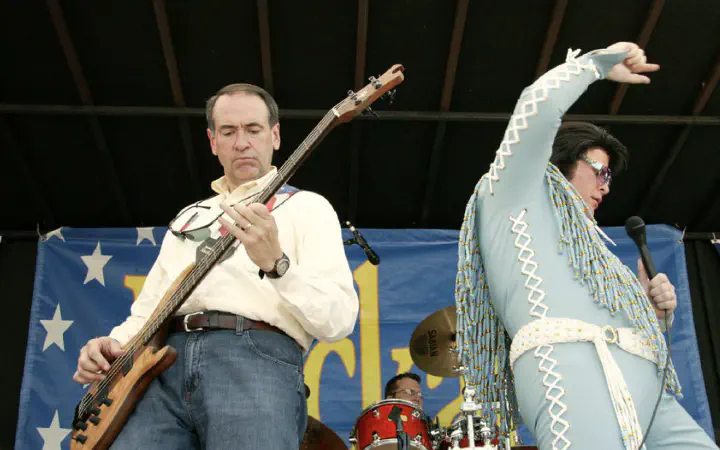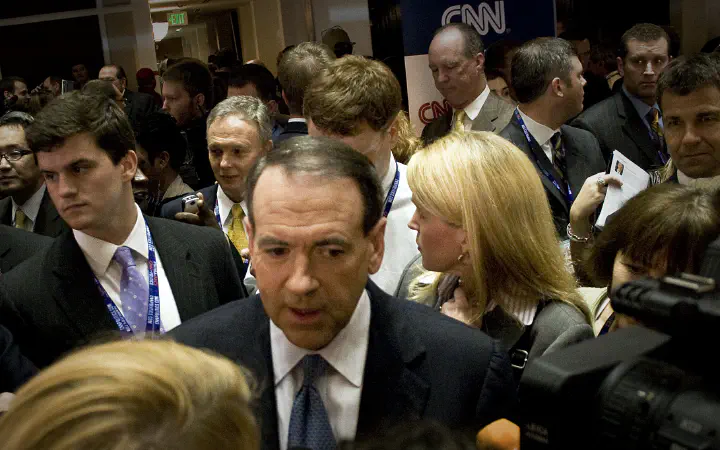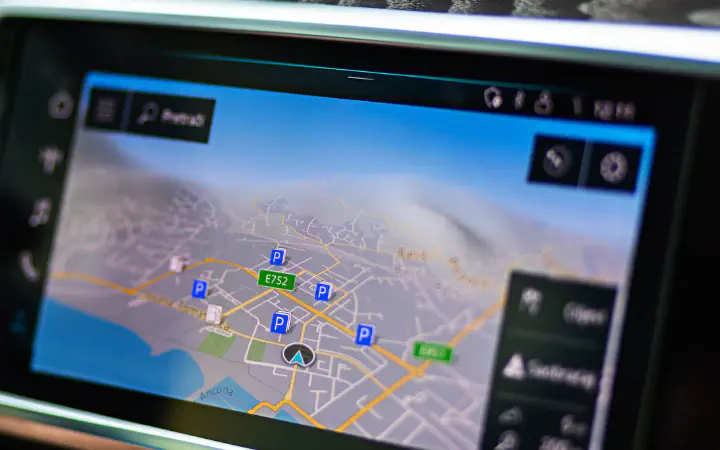Pixels, Politics, and Performance
Driving Engagement with Agile Web Design

In the fast-paced world of political campaigns, engagement is everything. During my time leading the UX and digital design work for Governor Mike Huckabee’s 2008 presidential campaign, we pioneered strategies that transformed how campaigns interact with supporters online. Our approach wasn’t just about creating a digital presence; it was about forging connections, inspiring action, and building a community. Here’s how we did it.
More Than Just a Pretty Face: Reimagining the Campaign Website
Gone were the days when a campaign website could simply be a digital brochure. We envisioned something more dynamic, more engaging, and ultimately, more powerful. Our website became a hub of activity, serving multiple crucial functions:
- A robust donation platform that made giving not just easy, but compelling
- A toolkit for campaign supporters, equipping them with everything they needed to spread the word
- A real-time information center for policy updates, events, news, and campaign activities
- An addictive destination that gave people reasons to come back, again and again
Every feature, from embeddable widgets to interactive timelines, was designed from the ground up with user needs in mind. I started with rough sketches, mapping out data requirements, before moving to high-fidelity comps. This user-centric approach ensured that every element served a purpose and enhanced engagement.
Gamification: The Secret Sauce of Supporter Engagement
One of our most innovative and successful strategies was the introduction of gamification elements. At the heart of this was the “Huckabee Rangers” program. Inspired by Chuck Norris’s involvement in the campaign (and his role in “Walker, Texas Ranger”), we created a suite of tools that turned campaign support into an engaging, competitive experience.
We implemented a points system and leaderboard that recognized and rewarded active supporters. This wasn’t just about creating a fun experience (though that was certainly part of it). It was about tapping into the human desire for recognition and achievement, channeling it into meaningful campaign actions.

The results were astounding. The campaign team began inviting our most active online supporters to private events, recognizing the significant impact they were making in the digital space. In an online landscape dominated by other candidates’ supporters, our Rangers were making waves.
Innovation in Visualization: Making Progress Tangible
Some of our most effective features centered around visualizing campaign progress:
Donation Visualizations: We created a US map that filled with a red wave as we approached our donation goals. This simple yet powerful visual gave supporters a tangible sense of progress and momentum.
Interactive Timeline: We developed a timeline of Huckabee’s life and career, split into hundreds of tiles. As donation milestones were hit, new tiles were revealed, often unlocking exclusive digital content. This drove constant engagement, with supporters checking back regularly to see what new revelations awaited.
These visualizations weren’t just eye candy. They tapped into fundamental human motivations - the desire to see progress, to uncover secrets, to be part of something bigger than ourselves. By making these abstract concepts visual and interactive, we turned campaign support from a one-time action into an ongoing journey.
Leveraging Emerging Platforms: YouTube and Beyond
In 2007-2008, social media was just beginning to show its potential as a campaign tool. We were at the forefront, particularly in our use of YouTube. Our campaign blog became a hub for video content, a novel concept at the time. This approach allowed us to humanize the candidate, share campaign moments in real-time, and create a sense of immediacy and connection that traditional media couldn’t match.
Co-Creating the Campaign: Harnessing User-Generated Wisdom
We didn’t just broadcast - we listened. Our approach to user feedback was multi-faceted:
- We maintained an active blog that allowed supporters to comment and create community.
- We established a working group of our most engaged supporters, giving them early access to new features and actively incorporating their feedback.
- We closely monitored online news and blogger comments, using their insights to refine our approach.

This feedback loop wasn’t just about fixing bugs (though we did that rapidly when needed). It was about co-creating the campaign experience with our most dedicated supporters. By giving them a voice in the process, we turned them into our most vocal online advocates.
Measuring Success: Beyond the Usual Metrics
While we tracked traditional metrics like site visits and donation rates, our success measures went deeper:
- We looked at first-time use and continued engagement with new features.
- Repeat visitor rates were crucial, indicating we were creating reasons for supporters to come back.
- Our gamification leaderboard served as a public-facing engagement metric.
- We closely monitored donation completion rates and referral program adoption.
These metrics didn’t just tell us about site performance - they gave us insight into the health and engagement of our supporter community.
Lessons Learned: The Long-Term Impact
The strategies we pioneered on the Huckabee campaign have shaped my approach to user engagement ever since:
- Direct user feedback is critical: Both before and after feature development, understanding user needs and experiences is paramount.
- Never underestimate the power of fun: The success of the Huckabee Rangers program showed that even in serious endeavors like political campaigns, engagement soars when users enjoy what they’re doing.
- Design with outcomes and users in mind: Every feature, every interaction should be anchored in campaign goals and user needs. This alignment is the foundation of successful engagement.
In the end, our campaign might not have clinched the nomination, but it set new standards for digital engagement in politics. By keeping our focus squarely on user needs and campaign goals, we created a digital presence that didn’t just inform or persuade - it inspired, it connected, and it mobilized. In today’s digital-first world, these lessons are more relevant than ever, not just for political campaigns, but for any organization looking to build a committed, engaged online community.
I took this photo of Chuck and his wife at the CNN YouTube debates in St. Petersburg, FL
Mini-series





